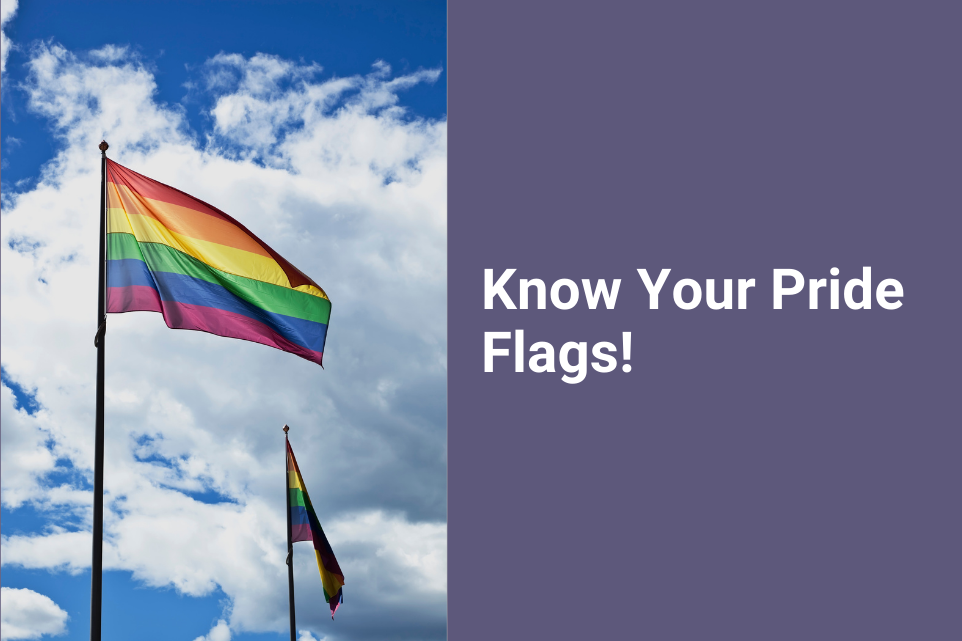
Know Your Pride Flags!
Pride month is in full swing, and you may be wondering about the different flags that are flying. While the traditional rainbow Pride flag is the most familiar to many people, there are actually several different Pride flags that cover all types of sexuality and gender identity. We’ve put together a brief history of Pride flags and what they represent so you can educate yourself on all the colors taking over the June sky.
Traditional Pride
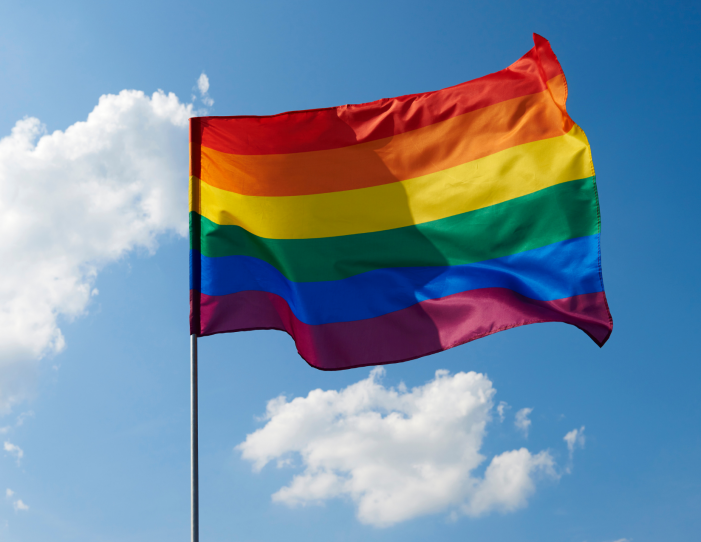
The traditional rainbow flag that we know and love was born in 1979 and has been flying as a symbol of Pride ever since. It originally featured pink and turquoise stripes in addition to the basic ROY G. BIV, but mass production made the hot pink shade difficult to produce and turquoise was removed when it was agreed that the flag worked better with an even number of colors.
Gilbert Baker Pride Flag
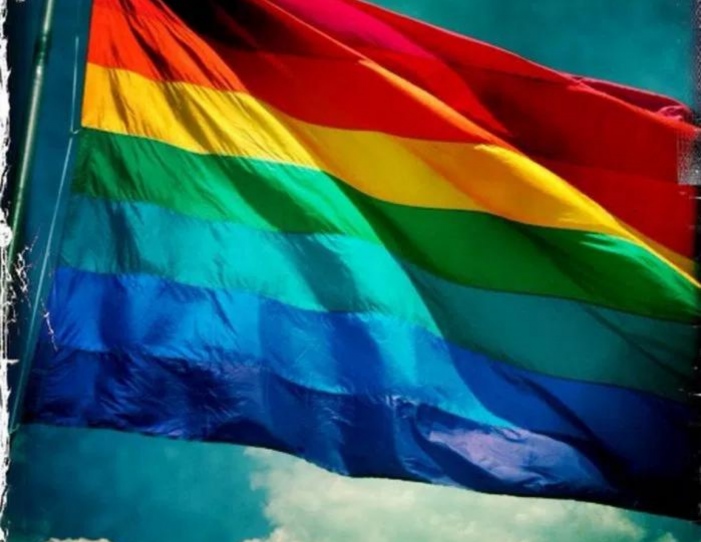
This predecessor of the traditional Pride flag was created by Gilbert Baker, an artist and gay rights activist who was a friend of Harvey Milk, the first openly gay elected official in the state of California. It flew for the first time at the San Francisco Gay and Lesbian Freedom Day Parade in 1978 to celebrate both the unity and diversity of the community. Each stripe represented a different element: hot pink for sex, red for life, orange for healing, yellow for sun, green for nature, turquoise for the arts, indigo for harmony, and violet for spirit.
Lesbian Pride Flag
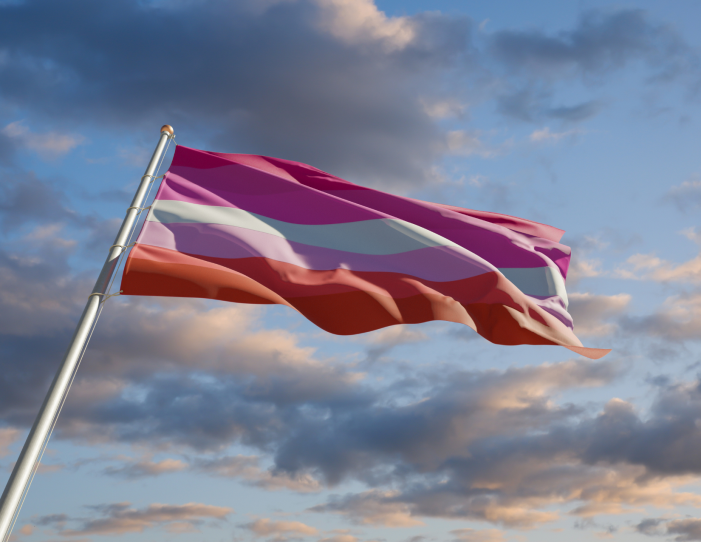
The Lesbian Pride flag is a harmonious union of red, pink, orange, and white, and represent gender non-conformity, independence, community, unique relationships to womanhood, serenity and peace, love and sex, and femininity. There is another design that features a lipstick kiss in one corner, but that version of the flag has been deemed controversial to some.
The Transgender Pride Flag
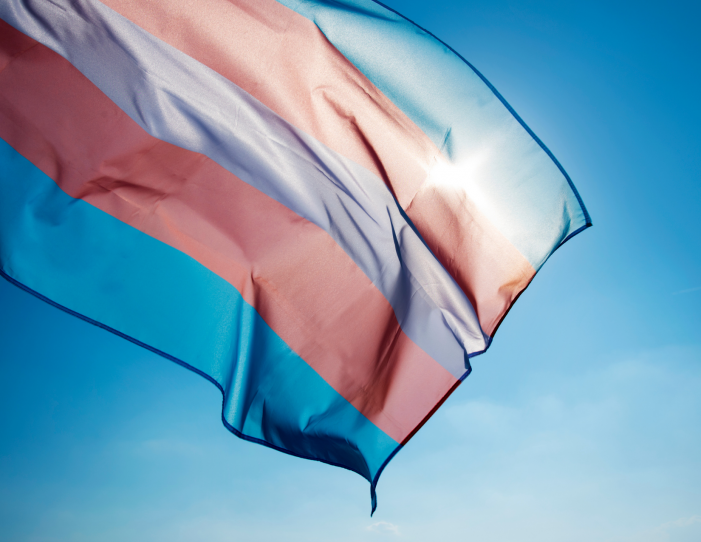
The Transgender Pride flag consists of four pink and blue stripes (traditional colors for boy and girl babies) with a white stripe through the center. It was designed by Monica Helms, a trans woman, and was first flown at a pride parade in Phoenix, Arizona in 2000. The white center stripe is indicative of individuals who are transitioning or who identify as gender-neutral. In 2014, the original transgender pride flag was donated to the Smithsonian National Museum of American History.
The More Color More Pride Flag
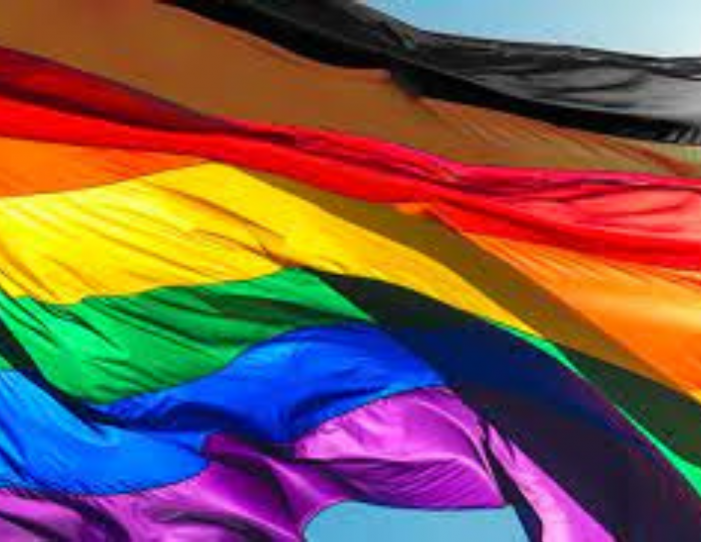
This version of the traditional rainbow Pride flag includes two additional stripes, one black and one brown, on the top to represent LGBTQ+ individuals of color. It was created by More Color, More Pride, a group based in Philadelphia, in 2017 to provide a more racially inclusive variety of the traditional Pride flag.
Genderqueer Pride Flag
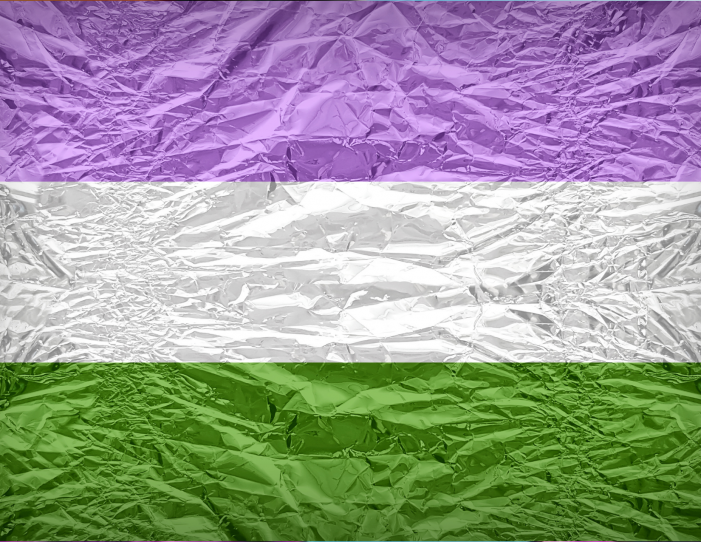
Created in 2011 by Marilyn Roxie, a genderqueer writer and advocate, the Genderqueer Pride Flag consists of lavender, white, and chartreuse stripes. The lavender stripe is an amalgam of traditional blue and pink and represents queer identities and androgyny. Similar to the Transgender Pride flag, the white stripe is indicative of people who identify as agender or with a neutral gender. The color chartreuse stripe is an inverse of lavender and represents alternative gender identities outside the gender binary.
Genderfluid Pride Flag
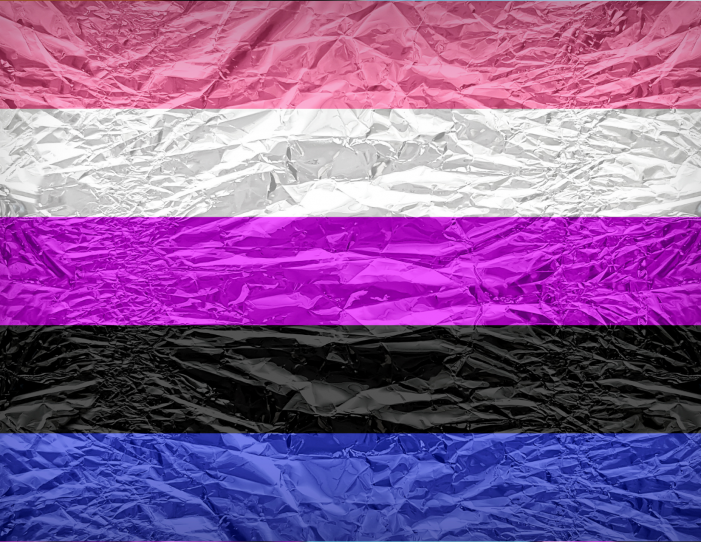
The genderfluid pride flag, created in 2012 by JJ Poole, an agender and pansexual advocate from New York City, is made up of five horizontal stripes and embodies the diversity of genderfluidity. Pink represents femininity, blue stands for masculinity, purple applies to both masculinity and femininity, black stands for the lack of gender, and white represents all genders.
Non-Binary Pride Flag
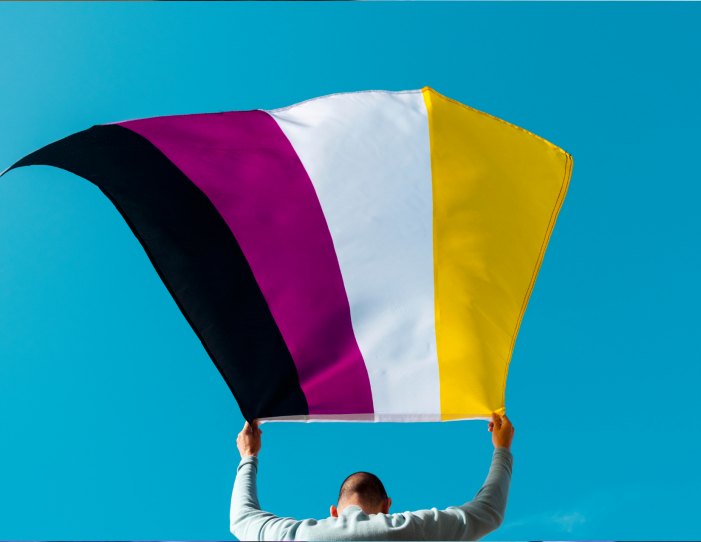
Kye Rowan designed the four-striped non-binary pride flag at the age of seventeen to represent gender outside of the binary. It was created to be an extension of the genderqueer flag in order to include those who did not feel fully represented. The yellow stripe represents people whose gender exists outside of the binary, the white stripe encompasses people with several or all genders, the purple stands for people with genders that are considered both male and female, and the black represents those who identify as not having any gender.
Bisexual Pride Flag
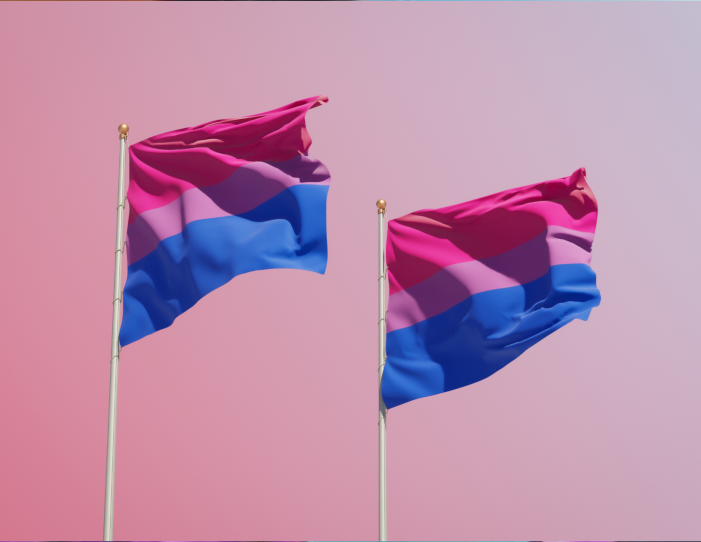
Created in 1998 by LGBTQ+ activist Michael Page, the bisexual pride flag features a pink stripe on top and a royal blue stripe on the bottom, with a smaller purple stripe in the middle. The pink stripe represents attraction to the same sex only, royal blue represents attraction to the opposite sex only, and purple demonstrates attraction to all or more than one gender.





